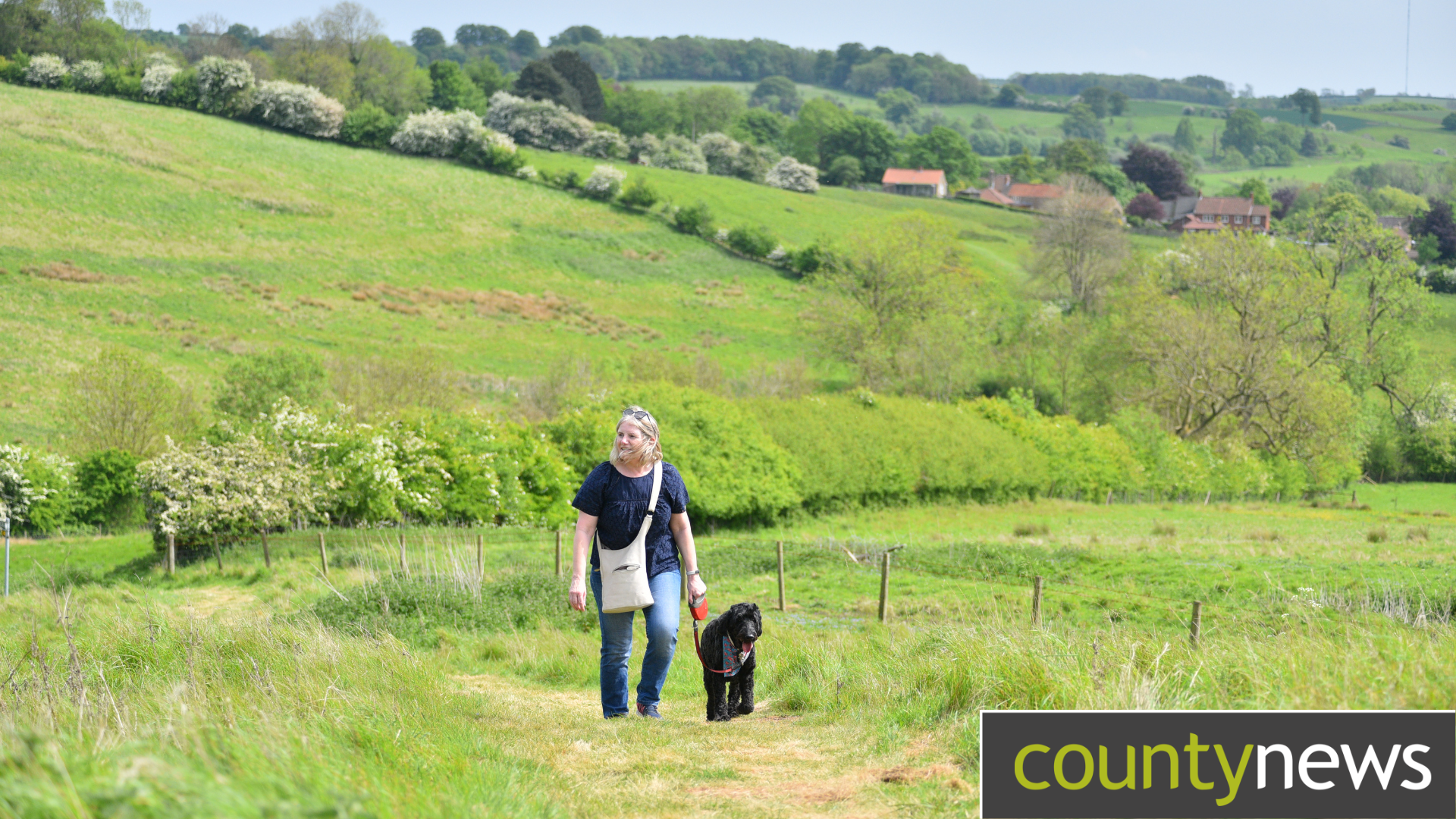
50 events to be held in celebration of the Lincolnshire Wolds’ half century as an Area of Outstanding National Beauty (AONB).
After considerable local campaigning, the Lincolnshire Wolds was designated an Area of Outstanding Natural Beauty on 17 April 1973, protecting this beautiful, historic landscape for future generations.
With its gentle rolling chalk hills, the 216-square-mile area is a popular destination for nature lovers from across the region. And, despite Lincolnshire being a famously flat county, the Wolds (AONB) is also home to the highest ground in eastern England between Yorkshire and Kent, rising to a height of over 150m along its western edge.
Alongside its gorgeous landscape, the Lincolnshire Wolds provides a wide range of habitats to thousands of species of birds, plants, insects and animals, adding to its unique charm.
To celebrate 50 years since the Lincolnshire Wolds was recognised as nationally significant with AONB status, a series of events will take place throughout 2023 to showcase, promote and engage with people who live, work and visit the Lincolnshire Wolds.
From walks and talks to practical tasks, there will be something for everyone, to acknowledge, celebrate and enjoy the AONB – in fact, 50 events will take place during the year to mark 50 years.
You can find the full list of events to celebrate the 50th anniversary of the Lincolnshire Wolds AONB at www.lincswolds.org.uk, alongside further information about the area.
Nowadays the Lincolnshire Wolds is characterised by idyllic and sparsely populated rural villages, surrounded by a ring of quaint market towns. But the area has been inhabited and the land cultivated since prehistoric times. Evidence of this has been found across the Wolds, including numerous Bronze Age round burrows – used for burial – dating from around 2000BC.
Wind back the clock just 700 years, and the Lincolnshire Wolds was one of the most densely settled parts of England up until the 1300s. Changes in land-use, climate, and diseases such as the Black Death all affected the area’s population and the Wolds now has over one hundred deserted medieval villages, still visible as humps and hollows in the landscape.
Wander through the landscape and explore the history of the Lincolnshire Wolds for yourself; find your ideal walking route at www.lincolnshire.gov.uk/walks
